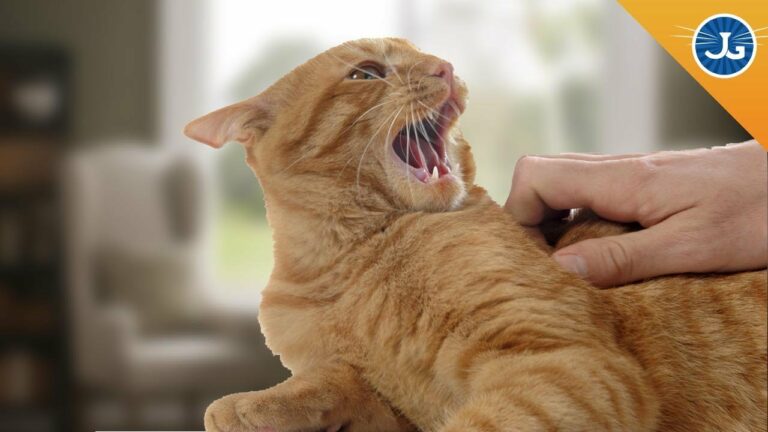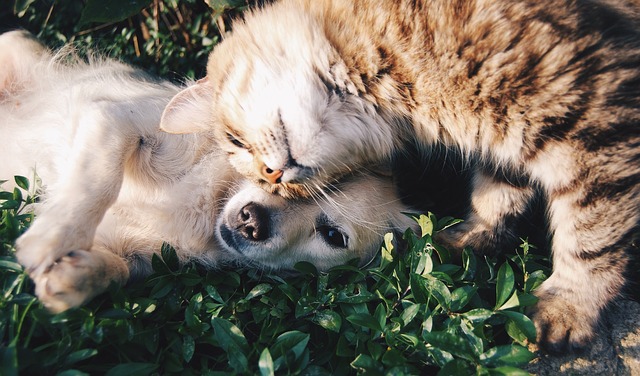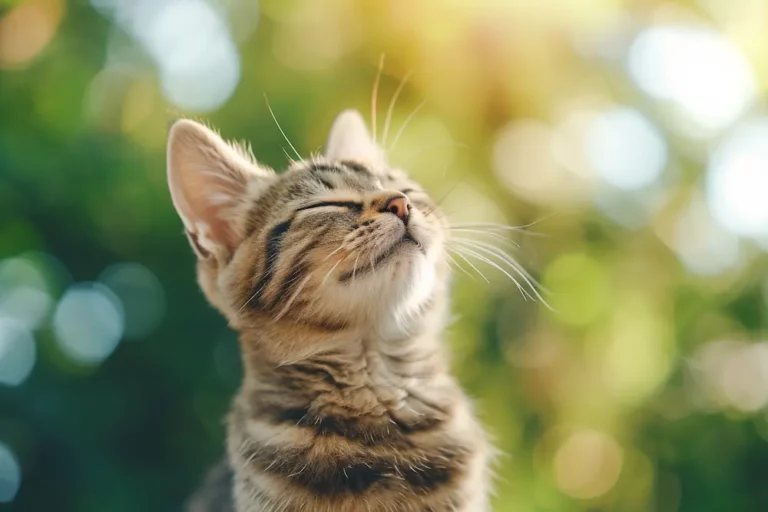Cat Eyebrows: Are There Really Eyebrows On Cats?
I’ve always been fascinated by the unique features of cats, and one question that often comes up is whether cats actually have eyebrows.
While cats don’t have eyebrows in the same way humans do, they do possess whiskers above their eyes called vibrissae.
These whiskers, along with small patches of fur, play a significant role in their communication and facial expressions.
But how exactly do these whiskers function, and what impact do they have on a
Let’s explore this intriguing aspect of
The Anatomy of Cat Eyebrows
When we look closely at a
These whiskers are longer and more rigid than their fur, and they’re deeply embedded in the skin, connecting to a rich supply of nerves.
This unique structure helps cats detect changes in their surroundings, contributing to their extraordinary sense of touch.
In addition to the vibrissae, cats have small patches of fur above their eyes, which can resemble eyebrows from a distance.
These patches don’t function like human eyebrows, but they do contribute to the
The fur is generally thicker and more pronounced in some breeds, adding a distinctive look to each
The muscles around a
These muscles allow for a wide range of movements, enabling cats to squint, widen their eyes, and change their expressions quickly.
This flexibility is essential for communication and interaction with both humans and other animals.
Functions of Feline Facial Markings
Cat facial markings serve vital roles in communication, camouflage, and identity.
These markings aren’t just decorative; they’ve evolved to help cats thrive in their environments.
For instance, the dark lines often seen running from a
This feature proves especially useful for wild cats needing to stalk prey unnoticed.
Facial markings also play a significant role in camouflage.
The patterns on a
This natural disguise is crucial for survival in the wild, where being seen can mean the difference between life and death.
Moreover, these markings help in identifying individual cats.
Just like human fingerprints, each
They allow cats to recognize each other and help us distinguish one
This identification is particularly important in social settings, where cats use these visual cues to build relationships and establish social hierarchies.
In essence, cat facial markings are multifunctional tools essential for a
How Cats Communicate With ‘Eyebrows’
Incredibly, a
Though cats don’t have eyebrows in the human sense, the fur and whiskers above their eyes play an important role in communication.
When a
This can indicate they’re paying close attention to something interesting or potentially threatening in their environment.
Conversely, if a
This helps in creating an intimidating appearance, signaling to predators or rivals to keep their distance.
The subtle movements of these ‘eyebrows,’ along with their ear and body positions, provide us with important clues about their mood and intentions.
Additionally, during moments of relaxation or contentment, a
Understanding these cues can enhance our bond with our furry companions, as we become more attuned to their needs and feelings.
Observing and interpreting these subtle signals helps in fostering a more communicative and harmonious relationship with our cats.
Enhancing Your Cat ‘s Unique Look
To enhance your
Regular brushing is important, as it not only keeps your
This will guarantee you’re not causing any discomfort during grooming sessions.
Pay attention to your
Gently wiping these areas with a damp cloth can remove any debris or tear stains, making their facial markings more pronounced.
If your
Don’t forget about their nails.
Regular trimming is essential for maintaining your
Conclusion
To sum up, while cats don’t have traditional eyebrows, their vibrissae and facial markings play a significant role in their communication and sensory perception. These features help them express emotions, navigate their environment, and interact with us.
By understanding these subtle cues, we can better appreciate our






